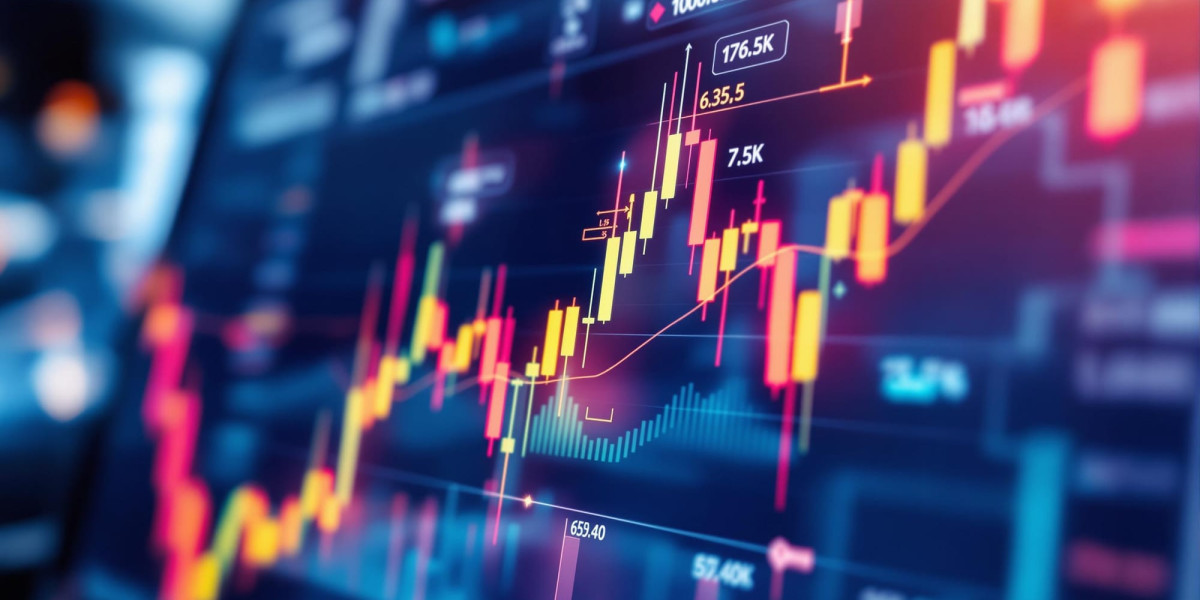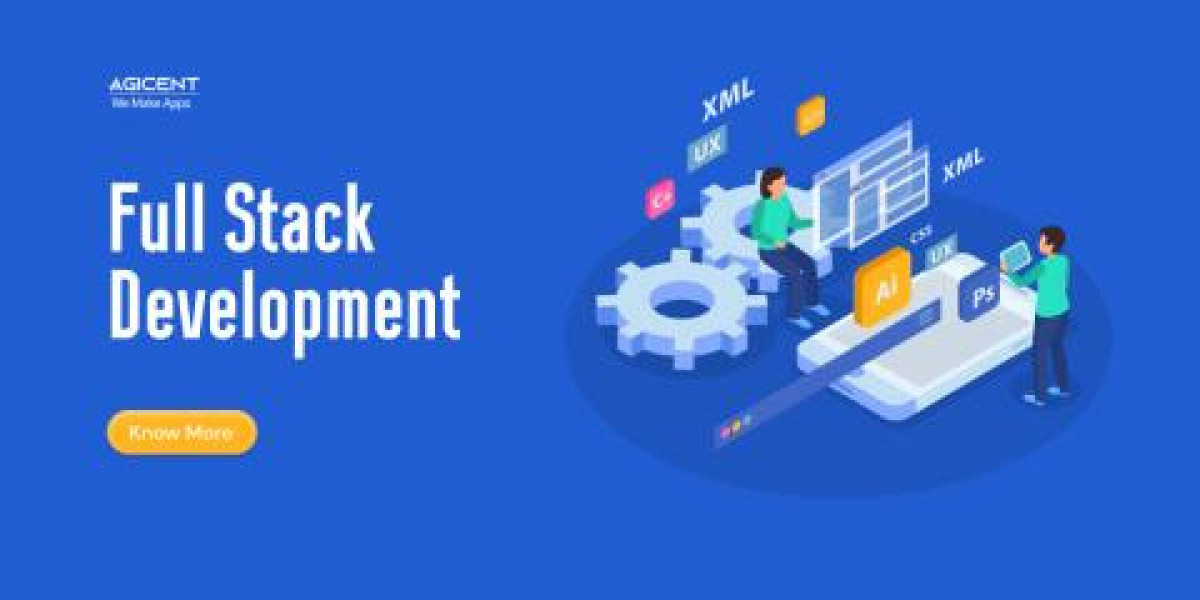Futures trading is an exciting way for investors and traders to engage with financial markets, offering opportunities to profit from price movements in various assets. Among the many futures contracts available, S&P 500 futures are especially popular because they represent a broad market index, reflecting the performance of 500 large companies listed on stock exchanges in the United States. If you're interested in diving into futures trading, starting with S&P 500 futures can be a practical and informative choice. This article will guide you on how to get started with futures trading using S&P 500 futures, while exploring the unique characteristics of both concepts separately.
Understanding Futures Trading
Futures trading involves buying and selling contracts that obligate the buyer to purchase, or the seller to sell, an asset at a predetermined price and date in the future. These contracts can be based on commodities, currencies, indexes, or other financial instruments. The goal of futures trading is to speculate on the price direction of the underlying asset, or to hedge existing positions against adverse price changes.
One of the key features of futures trading is leverage. Traders can control a large position with a relatively small amount of capital, known as margin. This amplifies both potential gains and potential losses, which makes futures trading suitable for those who understand the risks involved and have developed proper risk management strategies.
Futures trading requires a trading account with a broker that offers access to futures markets. Before starting live trading, many brokers encourage traders to practice through paper trading, where simulated trades allow one to develop skills without risking real money.
Introduction to S&P 500 Futures
S&P 500 futures are contracts based on the S&P 500 index, which tracks the stock performance of 500 major U.S. companies across various industries. The S&P 500 futures contract is widely used by traders and investors to gain exposure to the overall market or to hedge equity portfolios.
The S&P 500 futures market is highly liquid and trades almost 24 hours a day on electronic platforms, making it accessible to traders worldwide. Since the futures contract reflects the expected value of the index at a future date, traders use it to speculate on the overall direction of the U.S. stock market.
These futures contracts have standardized sizes, expiration dates, and tick values, which allow for transparency and efficiency in trading. Understanding these details is essential before beginning to trade S&P 500 futures.
Steps to Get Started with Futures Trading Using S&P 500 Futures
Educate Yourself on Futures Trading Basics
Before placing your first trade, it is vital to learn the fundamentals of futures trading. This includes understanding how futures contracts work, the concept of margin and leverage, contract specifications, and how to interpret price charts. There are many online resources, tutorials, and courses available to help beginners grasp these concepts.Learn the Specifics of S&P 500 Futures
Familiarize yourself with the S&P 500 futures contract details such as contract size, tick value, trading hours, and expiration cycles. Knowing when the contract expires and how its price correlates with the underlying index will help you make informed decisions.Open a Futures Trading Account
To trade S&P 500 futures, you need to open an account with a futures broker. Choose a broker that offers access to the futures markets, user-friendly trading platforms, and reliable customer support. When opening an account, brokers often require you to fill out forms that assess your financial situation and trading experience.Start with Paper Trading
Many brokers offer paper trading accounts where you can practice trading futures without risking real money. This is a crucial step for beginners to understand market dynamics, practice order execution, and develop trading strategies for S&P 500 futures. Use this phase to build confidence and refine your approach.Develop a Trading Plan
A well-thought-out trading plan includes your risk tolerance, trade entry and exit criteria, and money management rules. Decide on your trading style, whether it is day trading, swing trading, or longer-term position trading. This plan will guide you in managing your trades systematically.Begin Trading with Real Capital
After gaining sufficient practice and confidence through paper trading, you can start trading S&P 500 futures with real capital. Begin with smaller position sizes to manage risk and gradually increase as you gain experience. Always use stop-loss orders to limit potential losses.Monitor and Adjust Your Strategy
Markets change constantly, so it’s important to monitor your trades and overall strategy regularly. Learn from your successes and mistakes, and be willing to adapt your approach based on market conditions.
The Benefits of Starting with S&P 500 Futures
Starting your futures trading journey with S&P 500 futures offers several advantages. Since the S&P 500 is a well-known market index, you can easily follow related market news and economic data that influence the index’s movement. This helps in making more informed trading decisions.
Additionally, the liquidity and extended trading hours of S&P 500 futures provide ample opportunities to enter and exit trades at desired prices. These factors contribute to smoother trade execution compared to less liquid futures contracts.
Important Considerations in Futures Trading
While futures trading can be profitable, it also involves substantial risk. The leverage effect can magnify losses, so risk management is essential. Setting stop-loss orders, controlling position sizes, and avoiding overtrading are critical practices to protect your capital.
Moreover, futures markets can be volatile and influenced by economic events, geopolitical developments, and market sentiment. Staying informed and maintaining discipline are keys to long-term success.
Conclusion
Futures trading presents an exciting opportunity to participate in dynamic financial markets, and the S&P 500 futures contract serves as an excellent starting point. By educating yourself on futures trading principles, learning the specifics of S&P 500 futures, practicing through paper trading, and following a disciplined trading plan, you can build a solid foundation for your trading career.
Remember that success in futures trading requires patience, continuous learning, and sound risk management. Starting with S&P 500 futures allows you to access a liquid and widely followed market, helping you develop skills that can be applied to other futures contracts in the future.



